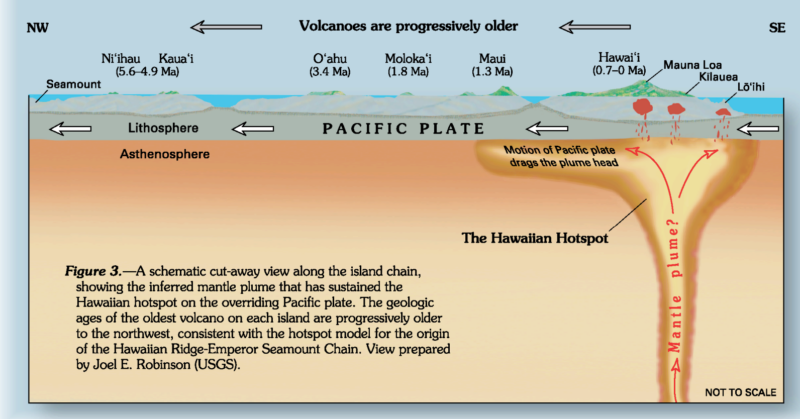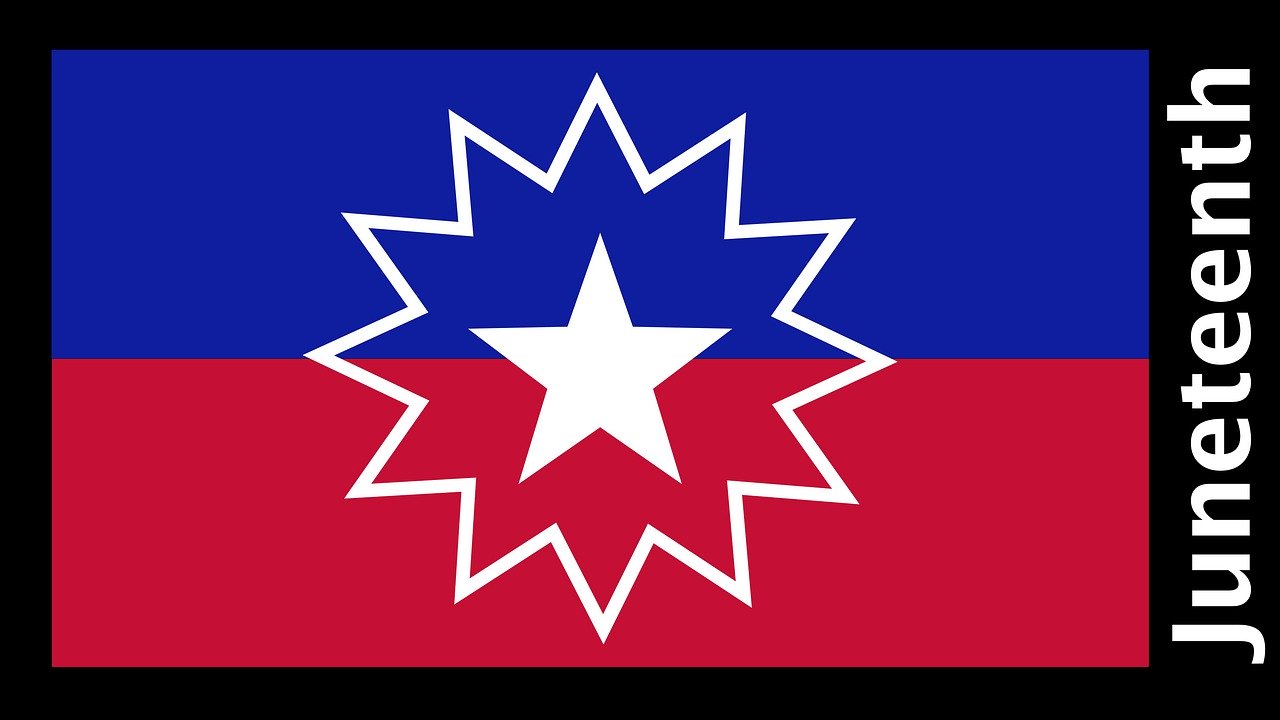Hawai’i Volcanoes Virtual Tour
I have wanted to travel to Hawaii for as long as I can remember. I still haven’t made it all the way out to those beautiful islands, but this virtual tour of the Hawaiʻi Volcanoes National Park is helping me explore the world from my couch! Join me on this tour led by Park Ranger Andrea Kaawaloa-Okita to learn more about the fire goddess, Pele-honua-mea, and the geological processes that are expanding Hawaiʻi (National Park Service).
Hawaii is an archipelago, or a group of islands, located over the Hawaiian hotspot, which is a magma source from deep under the crust beneath the Pacific Ocean (National Park Service). As the tectonic plate under the Pacific Ocean moves northwest, the hotspot under Hawai’i remains in one spot, continuously releasing magma and making new land, causing the Hawaiian archipelago to expand. Hawaiʻi Volcanoes National Park includes two active volcanoes, Kīlauea and Mauna Loa (National Park Service). On this tour you will get to see inside a lava tube, witness what happens when flowing lava meets the sea, fly over an active volcano, and see how life slowly transforms the new land formed from volcanic eruptions.

(Figure demonstrating the formation of the Hawaiian islands from the Hawaiian hotspot. Image Source: Robinson, USGS)
Lava Tube
Step inside a lava tube on this virtual tour! Lava tubes form as molten lava flows from a volcanic eruption. As the lava flows, the slower moving lava on the surface of the flow hardens, forming a layer of solid rock, which insulates the molten lava below. This causes the molten lava under the rock to become superheated, and to start carving into the stone beneath it in a process called thermal erosion. As the eruption ends, the lava eventually flows out of the lava tube, leaving behind an open cave that you can walk through if you visit Hawaiʻi Volcanoes National Park! For more information and illustrations of this process, follow this link to the National Park Service website.
Kīlauea Crater
At the crater, you can take a flight over Kīlauea, listen to the deep rumblings that a volcano makes, and witness the 1959 eruption! Explore the damage that lava can cause and the new plant growth that colonizes and covers the fresh rock.
I hope you enjoyed virtually visiting this incredible National Park as much as I did! It is pretty neat to see so much lava from the safety of my couch.
More to Explore:
If you would like to learn more about Hawaii and see some beautiful pictures of sites that are outside of Hawai’i Volcanoes National Park, check out Atlas Obscura! Here you can find beautiful images of and information about the Kalalau Trail, fascinating black and green sand beaches, as well as cultural and historic sites located on the Hawaiian islands!
SciShow Kids did an episode about volcanoes – this is a great resource for younger kids.
For more information about volcanoes and science activities to try, check out the free Educator’s Guide produced by SK Films!
Stay connected! Be sure to subscribe to Down to a Science— The Official Blog of the Connecticut Science Center and follow us on social media.

Jessie Scott is a STEM Educator who enjoys encouraging students’ enthusiasm for science. She teaches classes to students visiting the Science Center and brings STEM lessons to schools across Connecticut. Jessie completed her Master of Science degree in Microbiology at Dartmouth College and worked as a science educator at the Montshire Museum of Science before coming to the Connecticut Science Center. Her scientific interests are: biology – how living things have adapted different strategies to survive in their environments, insects, and plants. In her free time, Jessie likes to go rock climbing, hiking, and skiing.



